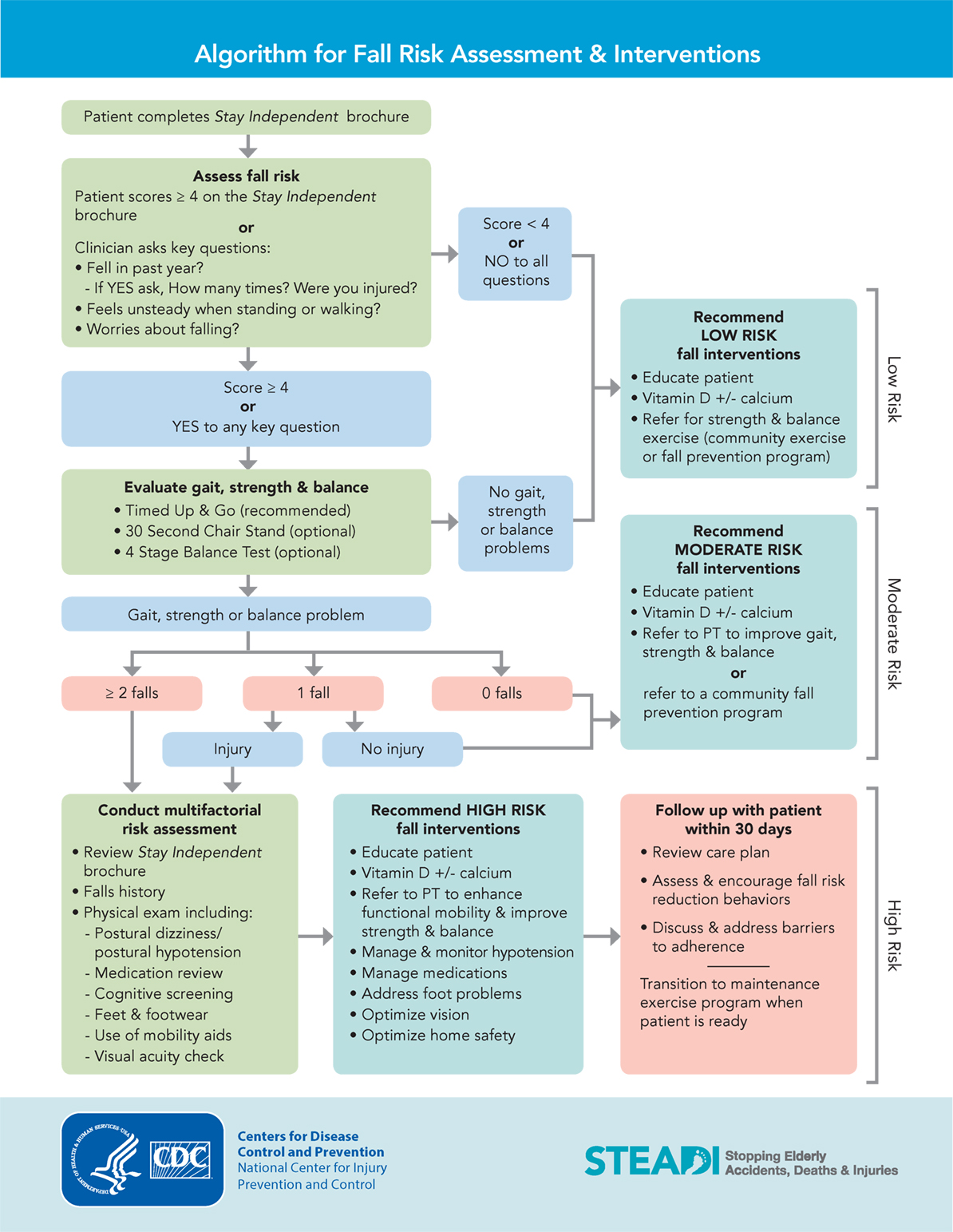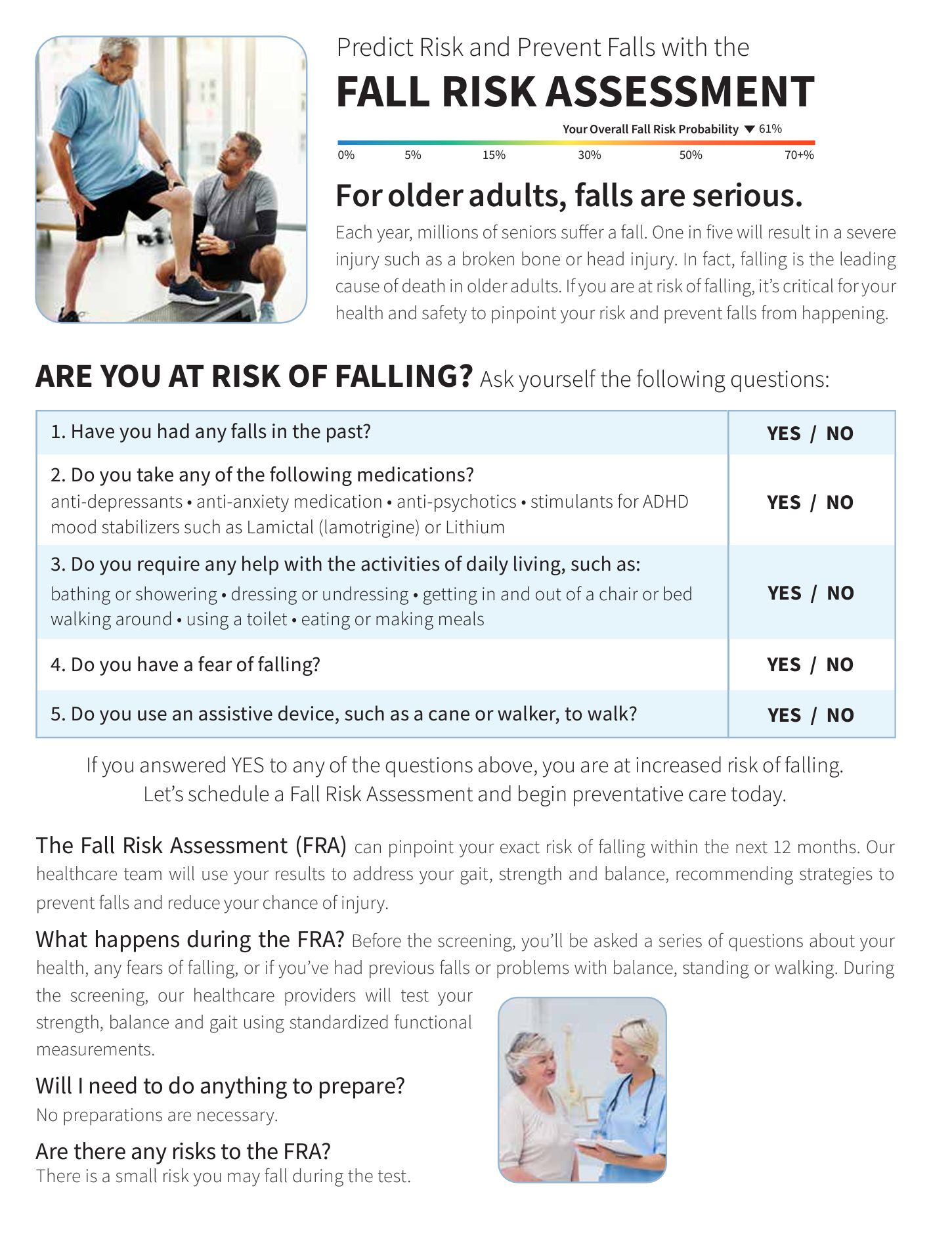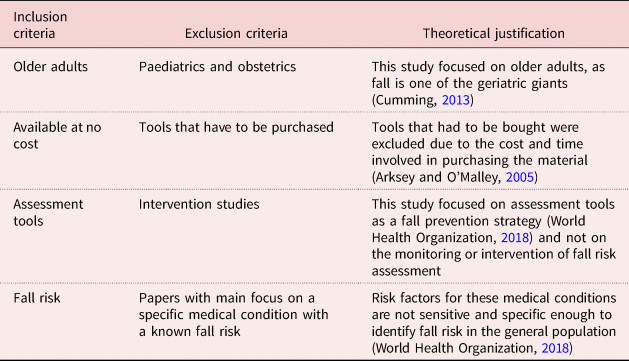Not known Details About Dementia Fall Risk
Not known Details About Dementia Fall Risk
Blog Article
The Best Guide To Dementia Fall Risk
Table of ContentsOur Dementia Fall Risk StatementsSome Known Details About Dementia Fall Risk The Buzz on Dementia Fall RiskThe Main Principles Of Dementia Fall Risk
An autumn risk analysis checks to see exactly how likely it is that you will certainly drop. It is mostly provided for older adults. The analysis typically consists of: This includes a collection of inquiries regarding your total health and wellness and if you have actually had previous falls or troubles with balance, standing, and/or strolling. These devices evaluate your stamina, balance, and gait (the method you walk).Interventions are suggestions that might lower your risk of falling. STEADI consists of 3 steps: you for your danger of falling for your risk aspects that can be enhanced to try to prevent drops (for example, balance troubles, damaged vision) to decrease your threat of dropping by making use of reliable approaches (for instance, offering education and learning and sources), you may be asked a number of inquiries consisting of: Have you fallen in the past year? Are you stressed regarding dropping?
If it takes you 12 secs or more, it might mean you are at greater danger for a loss. This test checks toughness and balance.
The placements will get harder as you go. Stand with your feet side-by-side. Move one foot midway forward, so the instep is touching the big toe of your other foot. Relocate one foot fully in front of the various other, so the toes are touching the heel of your various other foot.
Some Known Details About Dementia Fall Risk
A lot of falls take place as a result of numerous adding factors; therefore, taking care of the threat of falling starts with determining the factors that add to drop risk - Dementia Fall Risk. Some of one of the most appropriate threat factors consist of: History of prior fallsChronic clinical conditionsAcute illnessImpaired gait and equilibrium, reduced extremity weaknessCognitive impairmentChanges in visionCertain high-risk drugs and polypharmacyEnvironmental elements can additionally enhance the threat for falls, consisting of: Inadequate lightingUneven or damaged flooringWet or slippery floorsMissing or harmed handrails and get hold of barsDamaged or incorrectly equipped equipment, such as beds, wheelchairs, or walkersImproper use of assistive devicesInadequate guidance of the people residing in the NF, consisting of those who display hostile behaviorsA effective fall danger monitoring program needs a thorough scientific assessment, with input from all members of the interdisciplinary team

The treatment plan must additionally include treatments that are system-based, such as those that advertise a secure atmosphere (proper illumination, handrails, order bars, and so on). The performance of the treatments must be examined regularly, and the care strategy modified as required to reflect adjustments in the autumn danger assessment. weblink Implementing a loss danger monitoring system utilizing evidence-based ideal practice can lower the frequency of falls in the NF, while limiting the possibility for fall-related injuries.
The 6-Minute Rule for Dementia Fall Risk
The AGS/BGS standard suggests screening all grownups aged 65 years and older for autumn risk every year. This screening consists of asking people whether they have try this web-site fallen 2 or more times in the past year or looked for clinical focus for a fall, or, if they have actually not fallen, whether they feel unstable when strolling.
People who have dropped as soon as without injury ought to have their balance and stride evaluated; those with gait or balance problems should obtain additional evaluation. A history of 1 autumn without injury and without gait or equilibrium troubles does not require more analysis past continued annual loss risk screening. Dementia Fall Risk. An autumn danger analysis is called for as look at here part of the Welcome to Medicare examination

The Ultimate Guide To Dementia Fall Risk
Recording a drops history is just one of the high quality indications for fall avoidance and administration. A critical component of danger analysis is a medication evaluation. Numerous classes of medicines boost loss risk (Table 2). copyright drugs specifically are independent forecasters of drops. These medications have a tendency to be sedating, modify the sensorium, and harm balance and gait.
Postural hypotension can commonly be reduced by reducing the dose of blood pressurelowering medications and/or stopping medications that have orthostatic hypotension as an adverse effects. Use above-the-knee assistance hose and copulating the head of the bed elevated may also decrease postural reductions in high blood pressure. The advisable aspects of a fall-focused physical exam are revealed in Box 1.

A Pull time better than or equal to 12 seconds suggests high autumn danger. Being incapable to stand up from a chair of knee elevation without making use of one's arms indicates enhanced autumn threat.
Report this page